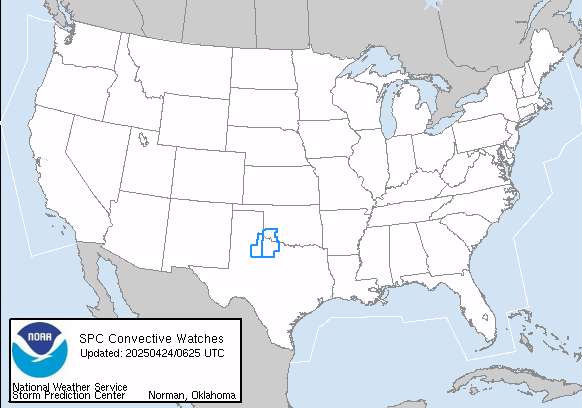Difference Between WeatherCall and Wireless Emergency Alerts (Gov't 'WEA')
WeatherCall will NEVER Overwarn
The federal government launched a notification service that includes certain types of severe weather events issued by the National Weather Service, Amber Alerts and Presidential Alerts. While it is a 'bell-ringer' for potential areal danger, it is NOT a storm specific warning for all dangerous severe weather. Here are the differences between WEA and WeatherCall.
- When the National Weather Service (NWS) issues a tornado, severe thunderstorm or flash flood warning, they issue a storm-specific box.
- WeatherCall's precise notifications are based on the geographic threat area defined by the NWS.
- Whether you are being warned of the threat to a registered lat/long, or your GPS enabled cell phone is tracked, the notification is based specifically on your location compared to that warning 'box'.
- WeatherCall only notifies those inside the NWS defined warning area. See Figure 1
- When you get a WeatherCall notification, chances are, the weather WILL get bad.
- WeatherCall never delivers any false alarms.
WEA Will ALWAYS Overwarn Someone
 Wireless Emergency Alerts (FEMA's WEA) broadcasts specific alert types via cell phone broadcasting, alerting phones both inside and outside of the NWS defined warning 'box', frequently delivering notifications to people unaffected by the NWS issued warning.
Wireless Emergency Alerts (FEMA's WEA) broadcasts specific alert types via cell phone broadcasting, alerting phones both inside and outside of the NWS defined warning 'box', frequently delivering notifications to people unaffected by the NWS issued warning.- Figure 2 shows how WEA handled a flash flood warning issued by the National Weather Service near Denver where the red dots were alert recipients well outside the NWS defined warning area.
- The average cell tower's range can be as high as 25-50 miles from the tower. A cell tower on the edge of a warning 'box' will almost always provide alerts well outside the defined NWS warning area.
- NWS warning types are non-definable by the recipient. Tornado and flash flood warnings are included. Severe
 thunderstorm warnings are NOT.
thunderstorm warnings are NOT. - WEA uses cell tower broadcasting, which means every WEA enabled phone will receive a vague alert message, providing no map nor details of the issued warning. Note the vague message. See Figure 3.
- WEA has a history of transmitting messages to towers well outside the defined warning areas, due to technical errors.
- Click here to read an article from Charlotte County, FL, explaining the WEA notification process and the overwarning that is part of the warnings process.
Recent Emergency Management Report on WEA
- There are pros and cons about this notification system. Because of its design, overwarning and lack of communications space is causing confusion to most who receive these often 'surprise' alerts.
- WeatherCall Services does not suggest you disable this feature on your newer cell phone. In fact, as the company that introduced the concept, "#LayersSavesLives", on social media platforms, any "bell ringers"of danger are important.
- Click here for the article that was included in the Emergency Management magazine about WEA.
WEA Weather Warnings are All or Nothing
- If you only want a tornado warning "heads-up", you cannot select notifications of certain types of weather events with WEA. You receive ALL or NONE of them.
- With WeatherCall, you can individually choose the type of warnings you receive with tornado, severe thunderstorm and/or flash flood warnings.
- WeatherCall users can choose to receive actual phone calls, as well as text alerts, that are more likely to get your attention at night or in traffic.
WeatherCall Only Notifies of Official NWS Warnings
- WeatherCall only notifies you of official severe weather warnings, issued by NWS.
- No unexpected Amber Alerts nor Presidential Messages.
Severe Thunderstorms Warnings included
- WEA does NOT notify for NWS issued severe thunderstorm warnings.
- WeatherCall allows you to choose what types of warnings you receive.
- Severe thunderstorm warnings are included as an option for WeatherCall users.
- Severe thunderstorms often contain damaging winds and hail, deadly lightning and flash flooding rains.
WeatherCall Provides the Entire NWS Warning Message
- When the NWS issues a tornado, severe thunderstorm or flash flood warning, they include very important and area specific details.
- WeatherCall includes access to these details via the SMS-text and email notifications, providing you with all the information you need to make a safety decision.




